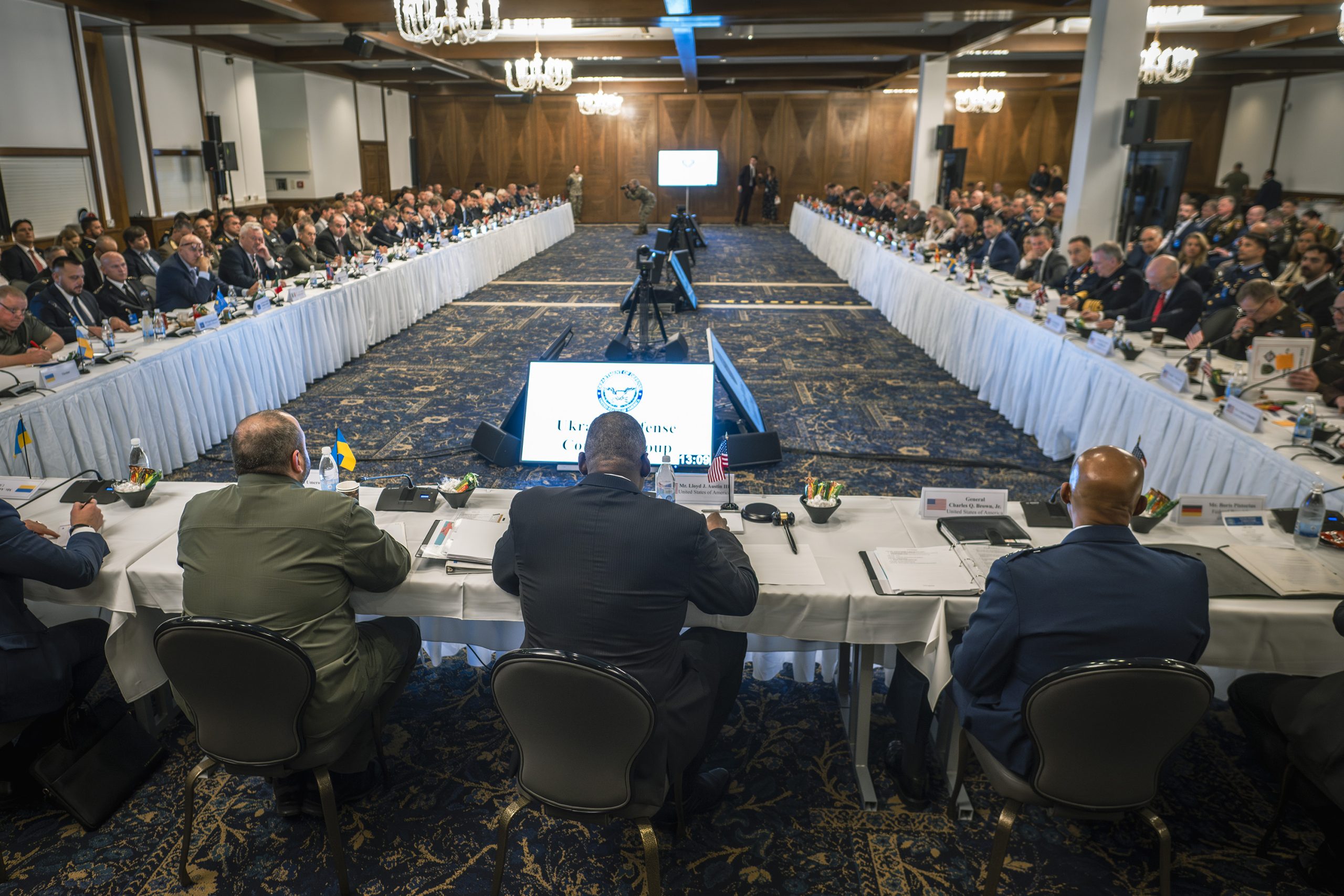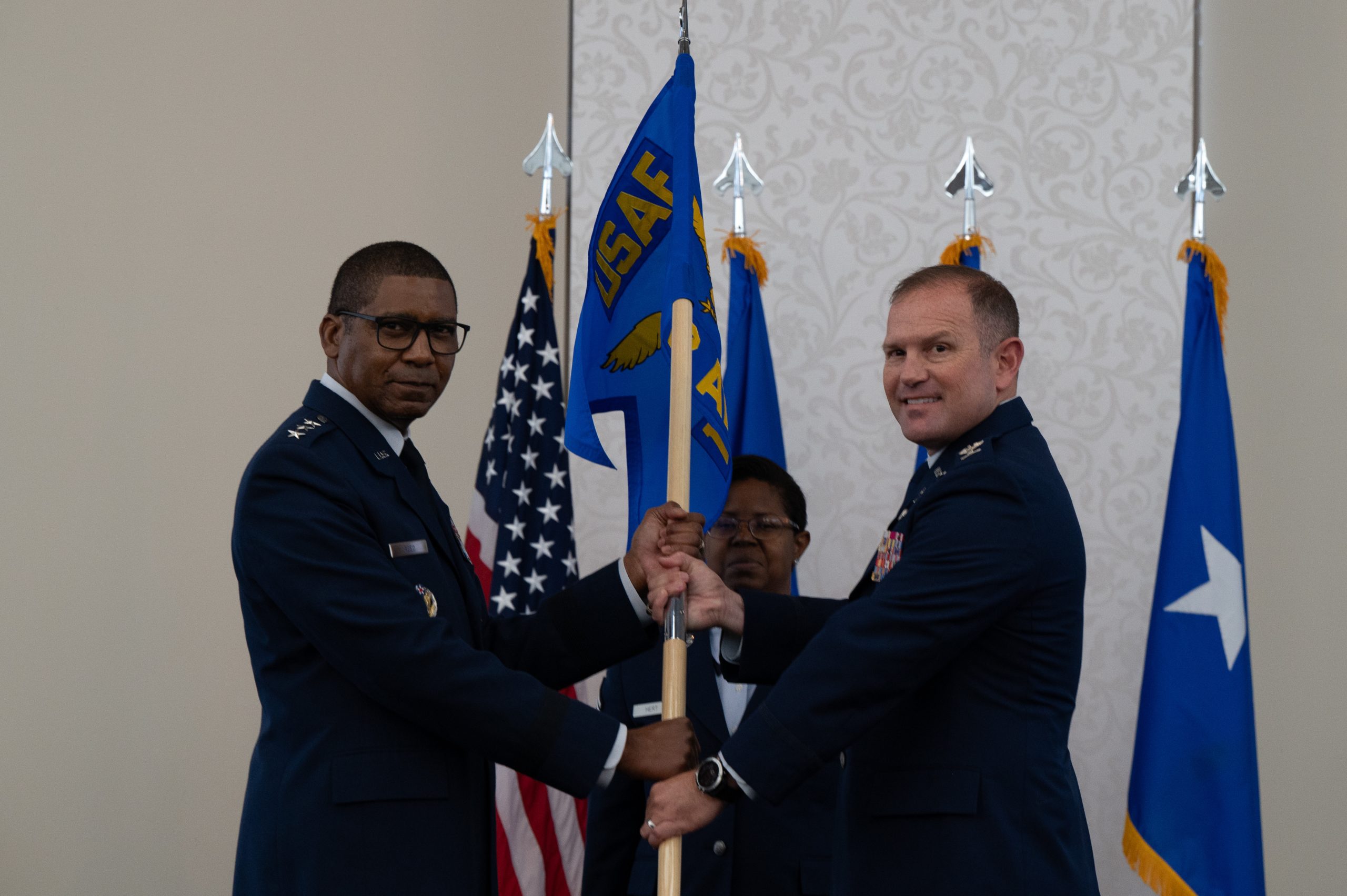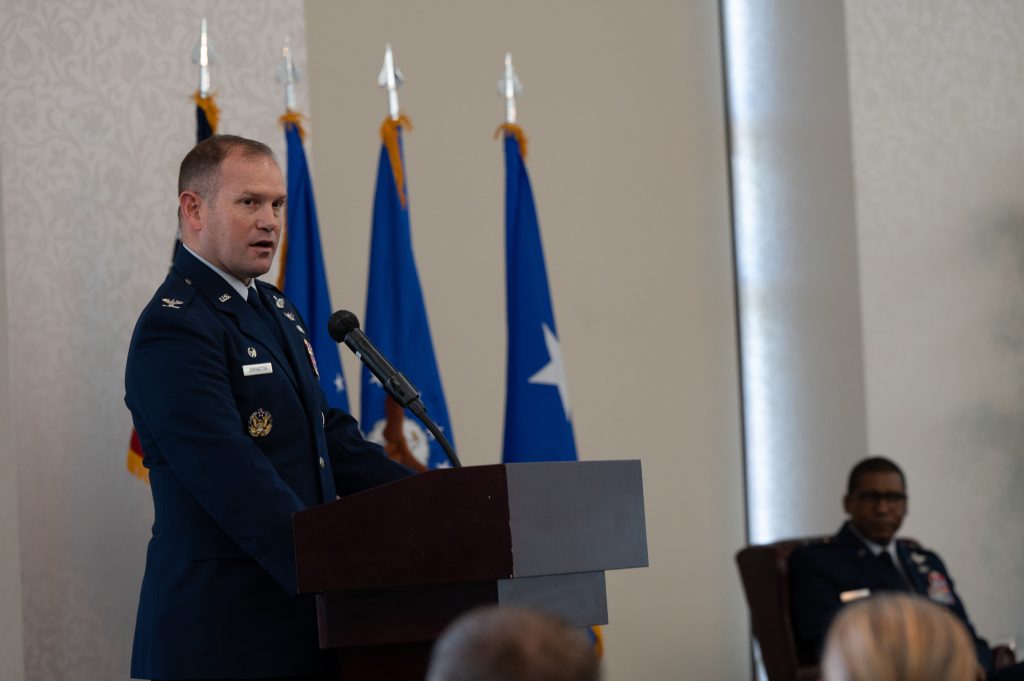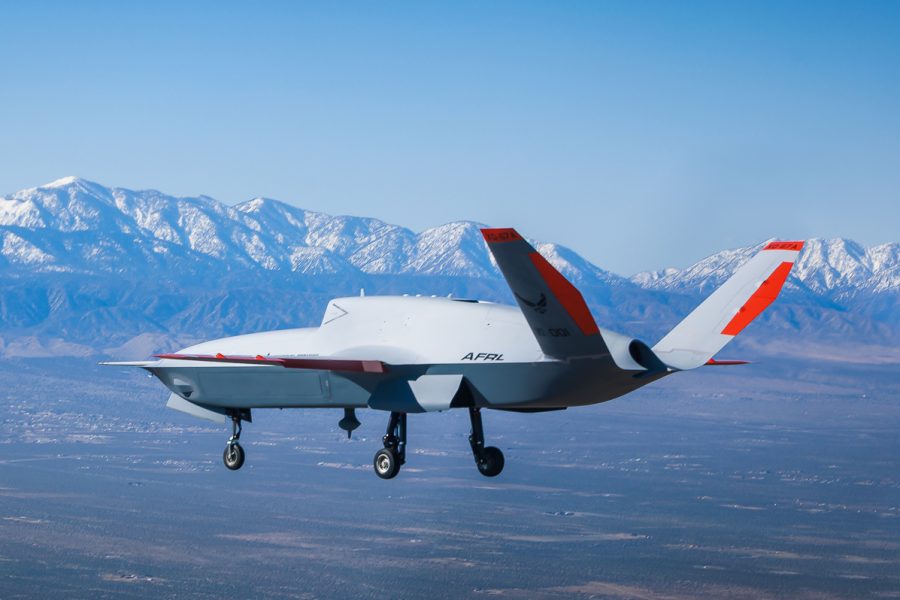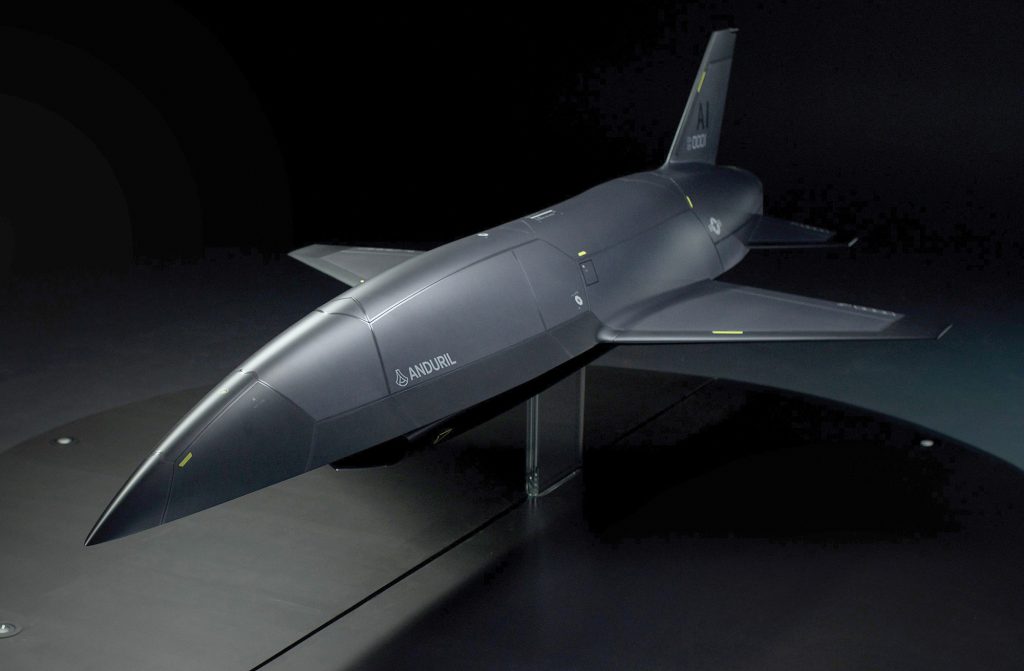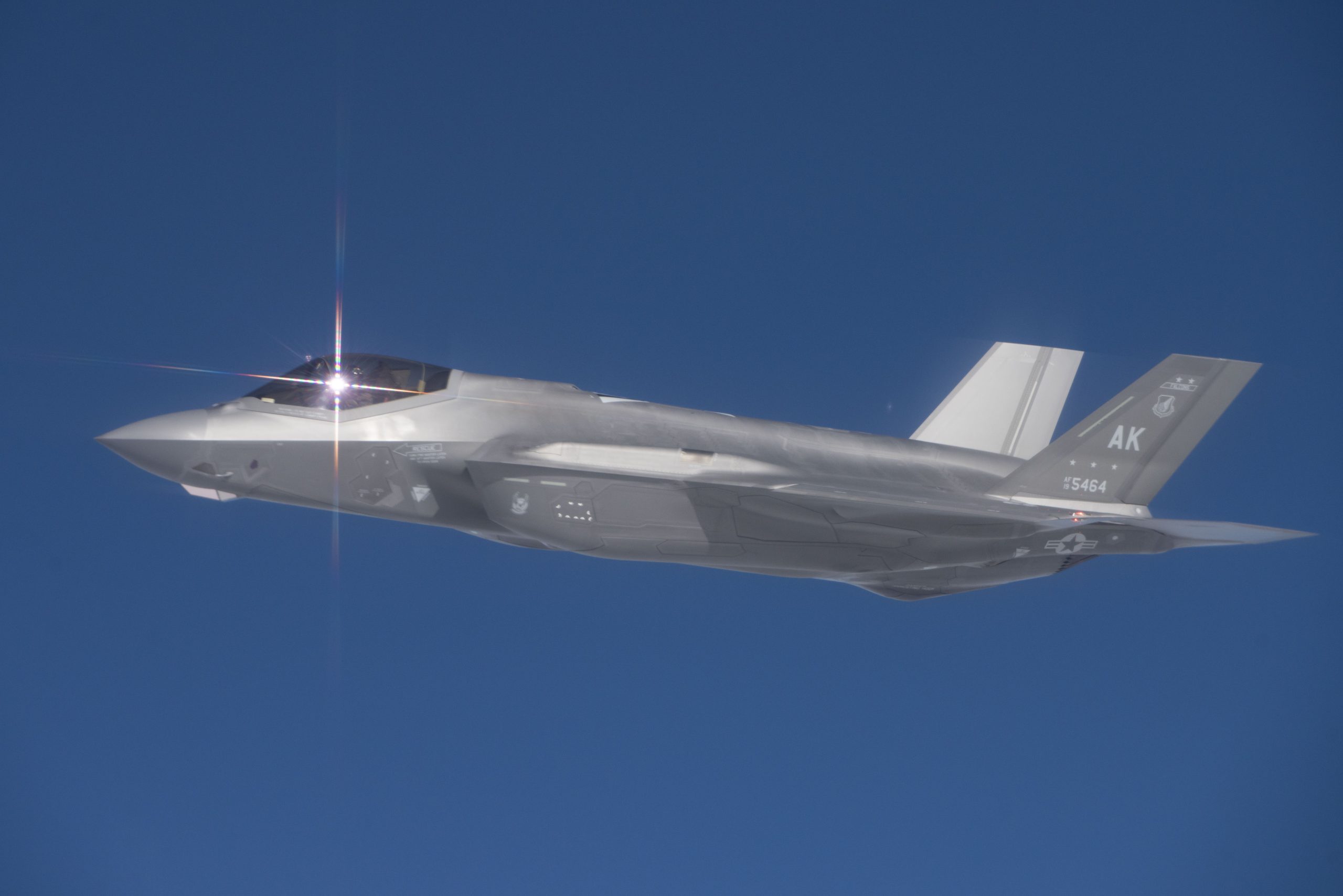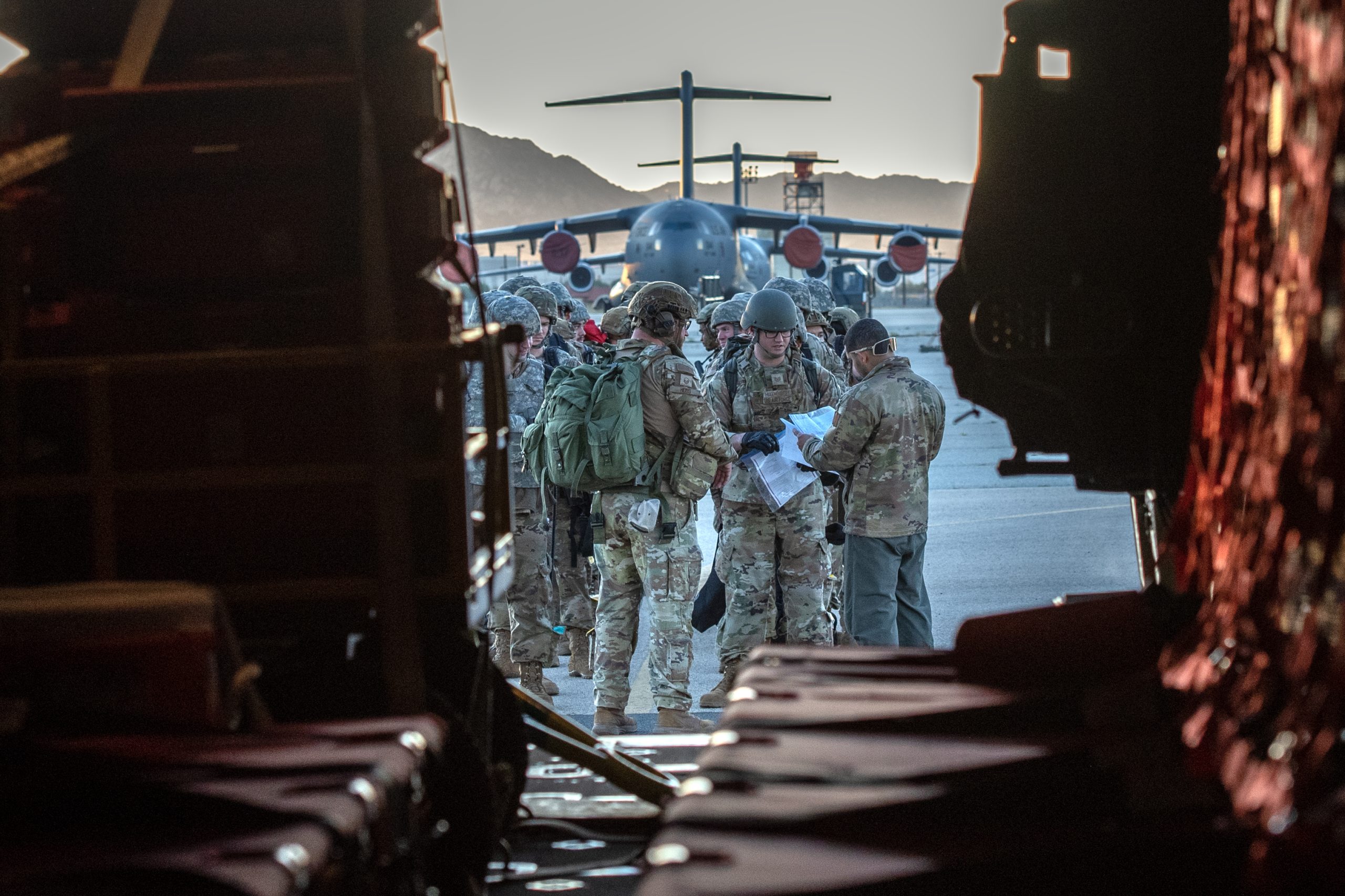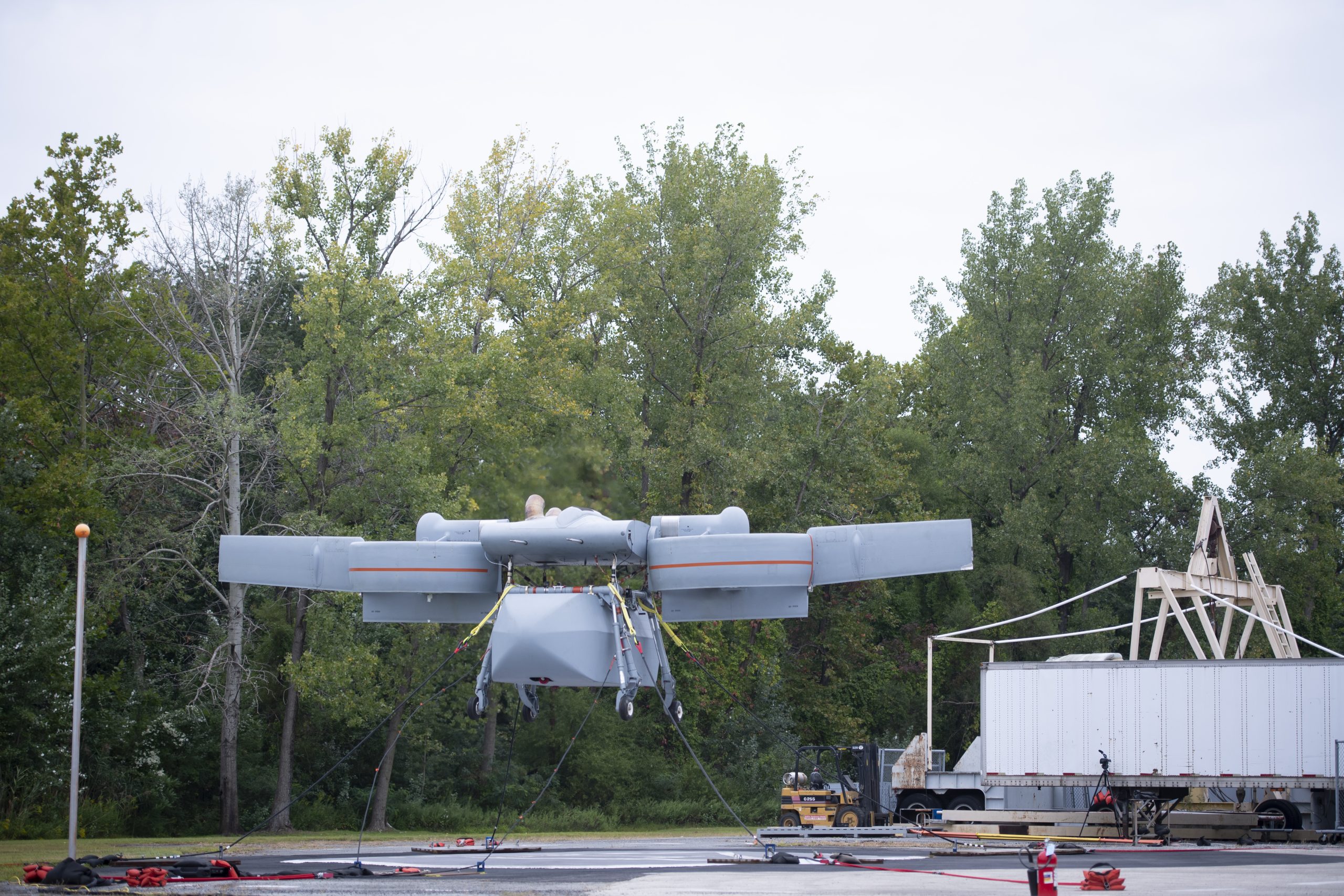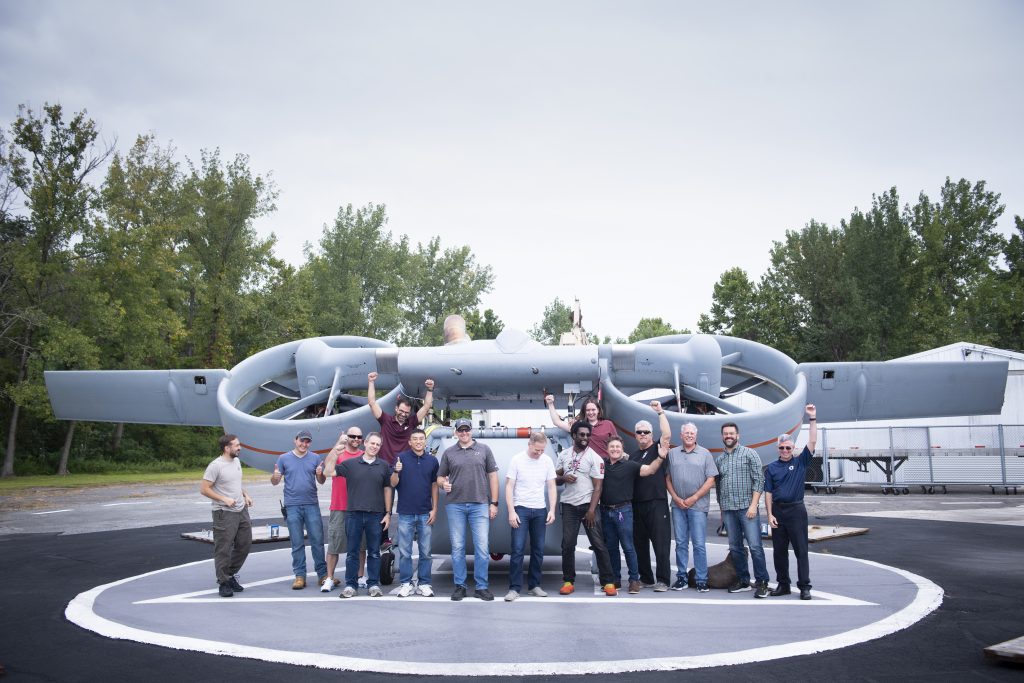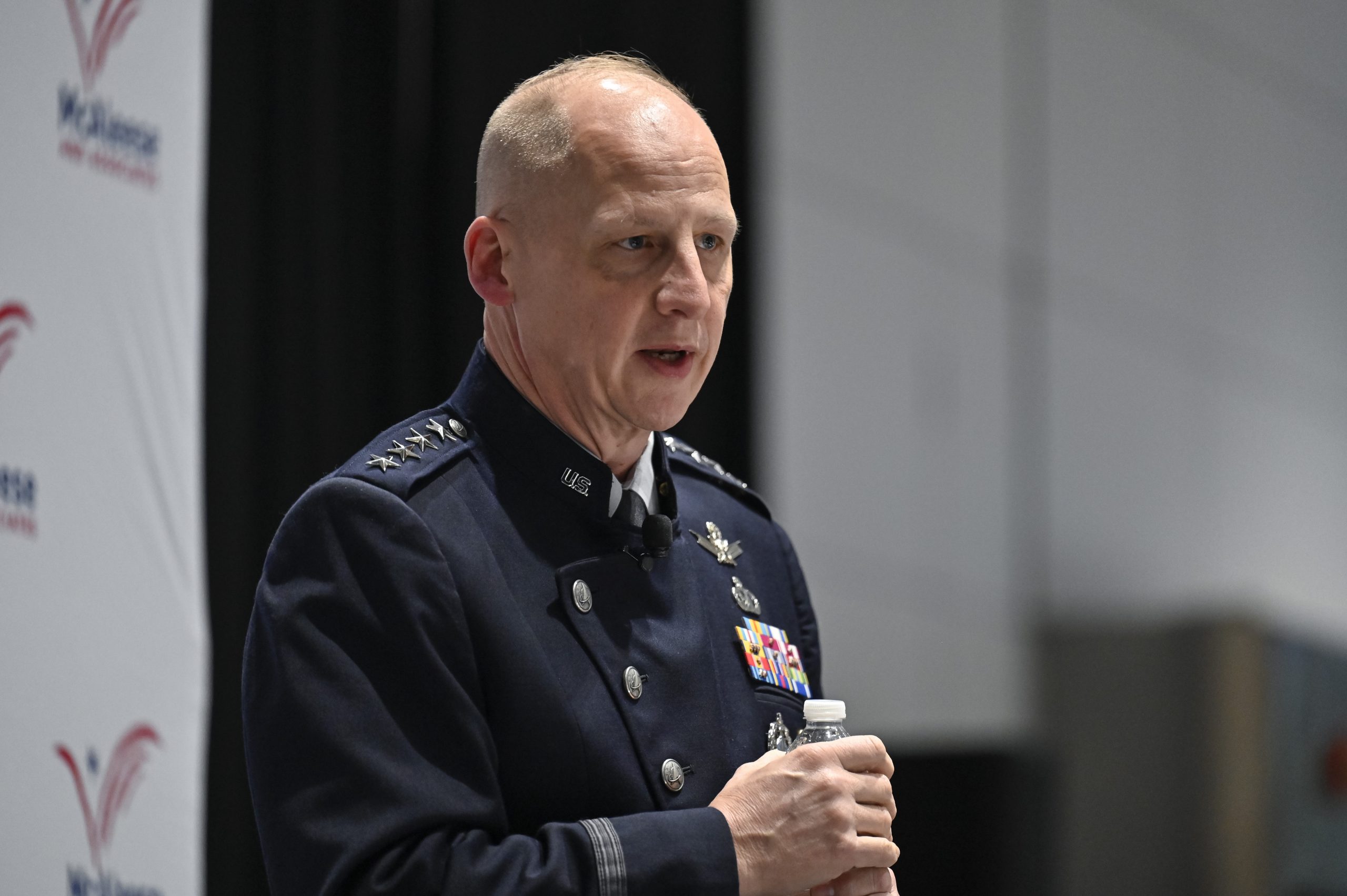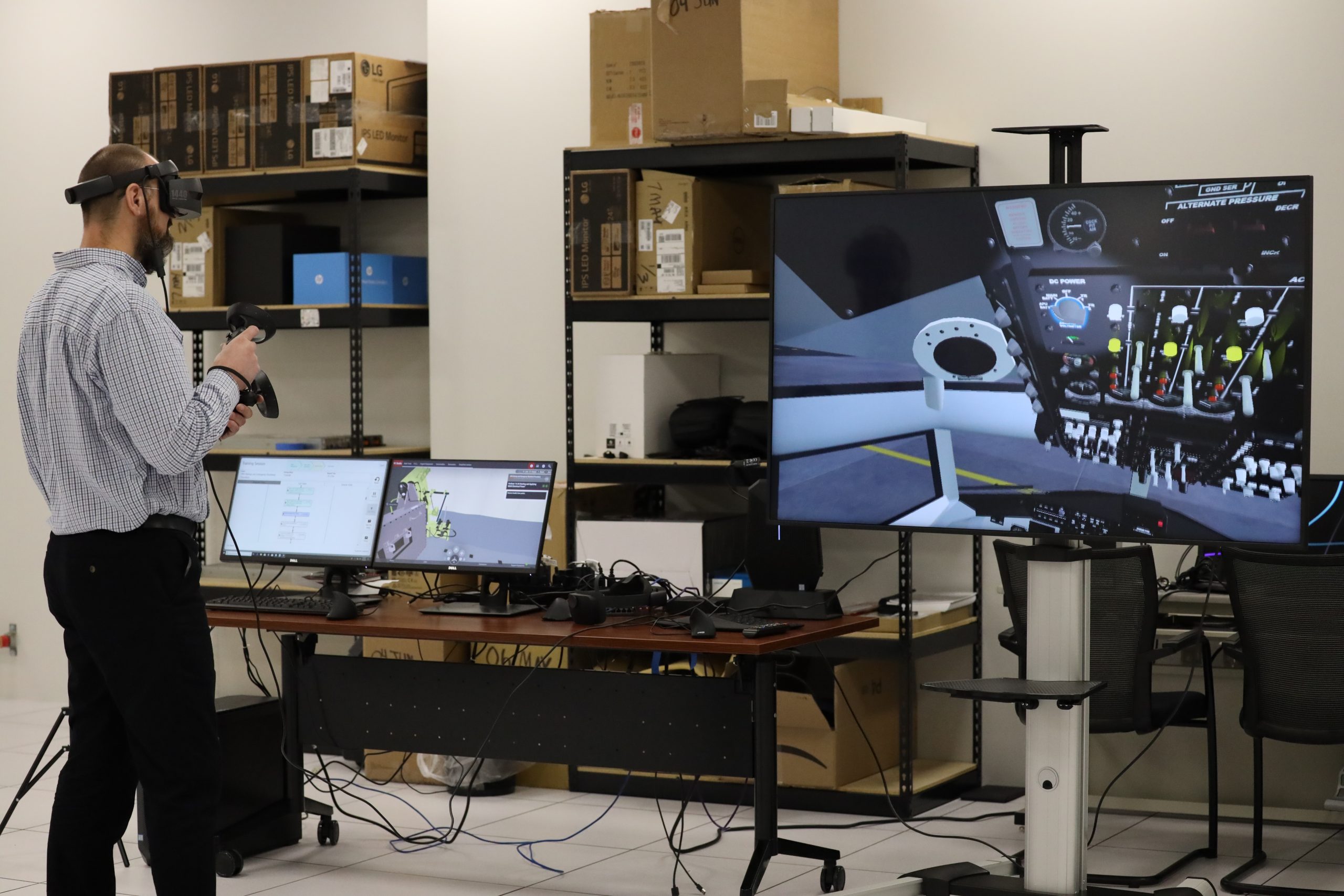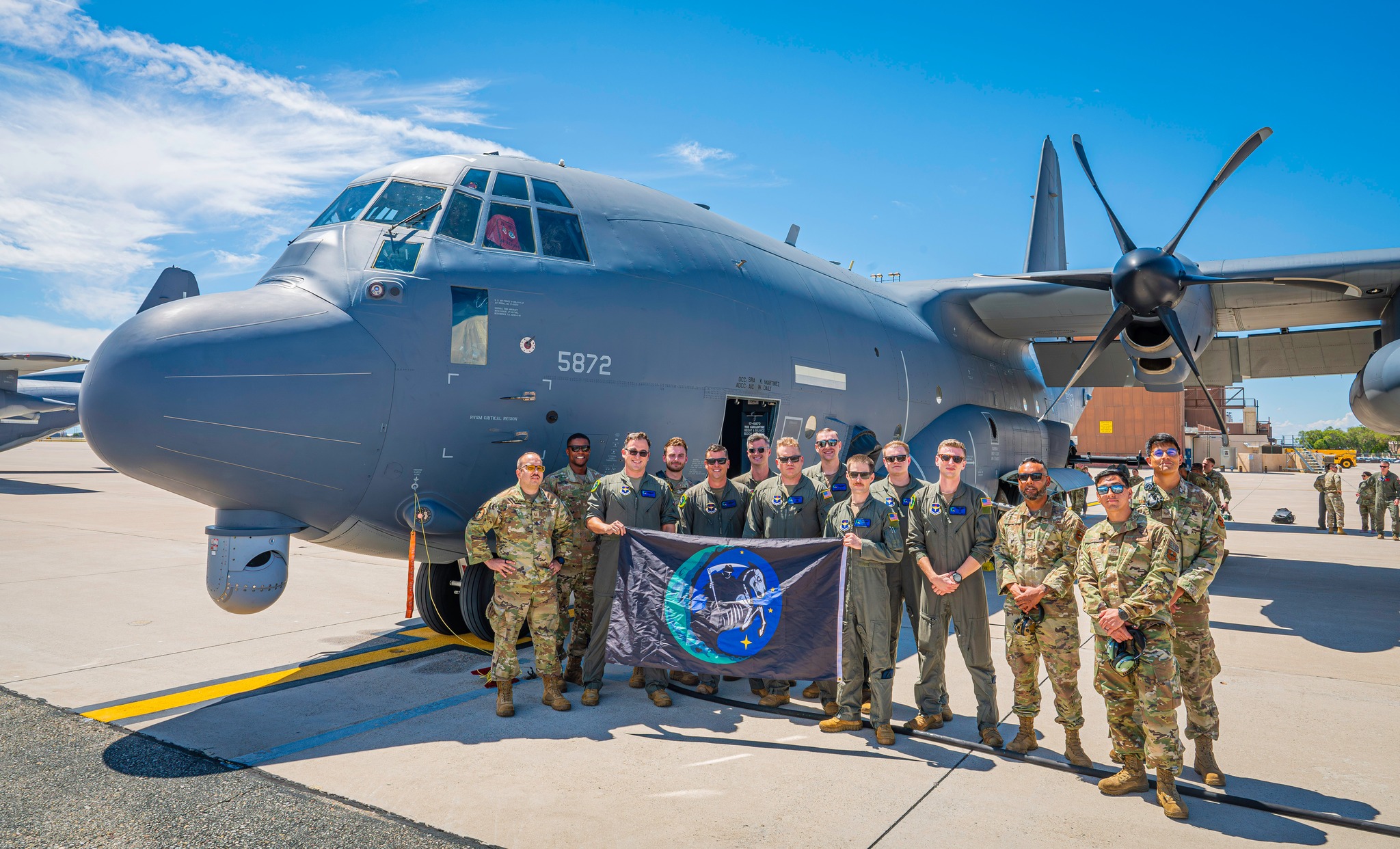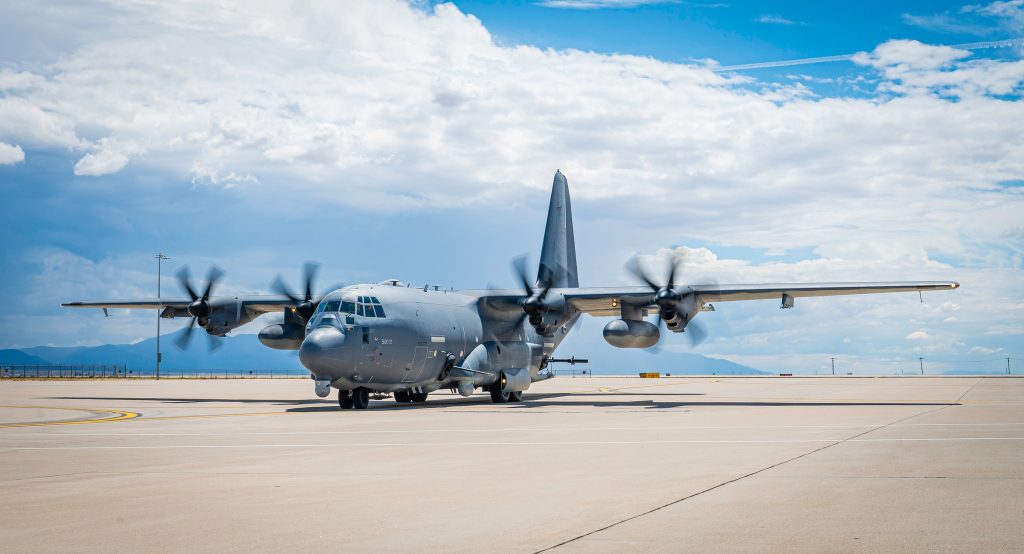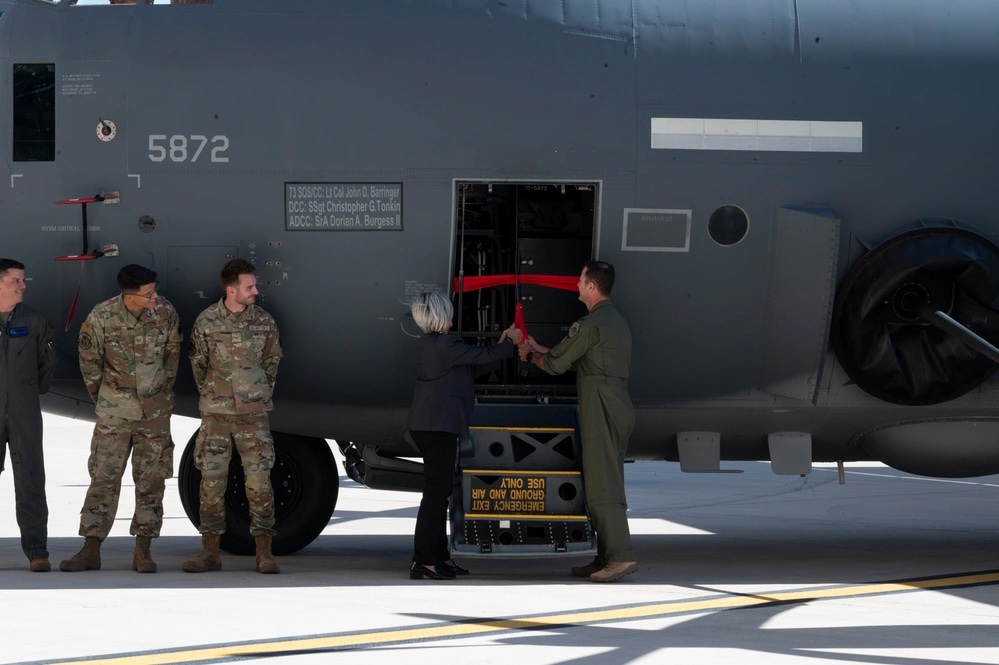The U.S. is pushing to expand the production of key munitions for Ukraine, the Pentagon’s top weapons buyer said recently.
The weapons include AIM-120 Advanced Medium Range Air-to-Air Missiles, AIM-9X Sidewinders, and PAC-3 MSE surface-to-air interceptors.
“From an industrial base perspective, it’s largely been a battle of attrition,” William A. LaPlante, the undersecretary of defense for acquisition and sustainment, told reporters while traveling last week to a meeting of the Ukraine Defense Contact Group (UDCG), which coordinates aid for Ukraine in its fight against Russia.
LaPlante co-chairs the National Armaments Directors forum with Ukrainian Deputy Defense Minister retired Maj. Gen. Oleksandr Serhii. That forum has met 12 times since being established in September 2022, and includes officials from some 40 countries, NATO, and the European Union.
“It’s really all about getting delivery,” LaPlante said Sept. 5. “Getting things to Ukraine, getting it faster, and making sure we’re helping each other deliver to Ukraine.”
“We call it production diplomacy,” he added.
Russia has turned to several partners to boost the arsenal since the start of its invasion of Ukraine. Secretary of State Antony Blinken said Sept. 10 that Iran has begun to send short-range ballistic missiles to Russia in addition to drones. North Korea is providing aiding Russia with ammunition and ballistic missiles.
China, while not providing weapons, has provided vital components for Russia’s defense industry so Moscow can make its own arms.
LaPlante has been on the front lines of the West’s response as it has scrambled to provide Ukraine with enough artillery and air defenses to keep up with the threat.
“National armaments directors are helping to translate Ukraine’s needs into expanded production lines around the globe and into accelerated deliveries of key capabilities,” Secretary of Defense Lloyd J. Austin III told reporters after the UDCG meeting on Sept. 6.
The U.S. imposed fresh sanctions on Iran for its recent provision of ballistic missiles to Russia, which the Pentagon said have a range of around 75 miles.
“What this does is it would enable Russia to employ this capability while preserving its longer range capabilities for use throughout the battlefield, thus deepening Russia’s arsenal,” Pentagon Press Secretary Air Force Maj. Gen. Patrick S. Ryder told reporters Sept. 10
Ukraine must be focused “protecting close in, but you’ve got those broader threat rings in terms of medium- and long-range. You’re also protecting strategic centers of gravity … population centers, energy infrastructure, defense capabilities,” Ryder added.
Ballistic missiles are challenging to intercept, especially since Moscow is trying to saturate Ukraine’s air defenses. The Russian threat is complex, from small quadcopters to Iranian-designed one-way attack drones to Russian stand-off cruise missiles, glide bombs and aircraft. Ukraine has taken down 97 Russian combat aircraft since the start of the war, Austin said in remarks at Ramstein.
“We have defenses against all of those,” LaPlante said. But the challenge, he said, was “matching the right defense, that’s the right cost point, to the right capability, and making sure that we continue to provide the Ukrainians with this with the equipment.”
One key air defense munition that will continue to be in high demand AIM-120 AMRAAMs.
Variants of the AMRAAM are used as interceptors for Ukraine’s National Advanced Surface-to Air-Missile (NASAMS) air defense systems.
AMRAAMs will also be employed by Ukraine’s new F-16 fighters.
The armament directors forum has already worked on the “integration of thousands of air-to-ground munitions donations for employment from Ukraine’s current aircraft and donated F-16s,” according to a Pentagon fact sheet.
AMRAAMs are a mainstay of U.S. and Western air forces’ fighter payloads to take down aerial threats. The U.S. recently reached an agreement with Japan to step up the co-production of AMRAAMs on a July trip Austin and Blinken made to Tokyo.
“They’re not just an air-to-air weapon. They are an air defense weapon,” LaPlante said. “And so once you realize that the demand, the worldwide demand for this is going to be high, and it’s going to be high for a long time, then it’s a prime system to do co-production.”
“We want to up the production because up until now, AMRAAMs are only produced in the United States, and that’s going to change,” he added.
Defense industry officials say they are in conversations with the U.S. government, including LaPlante’s team, about possibly expanding production.
“I think that there’s a lot of nations that are getting concerned today, as they’re seeing ongoing, the expenditure of all their stores, all the different weapons, are probably at a higher rate than what they had planned for,” said Jon Norman, vice president of requirements and capabilities for air and space defense systems at Raytheon.
